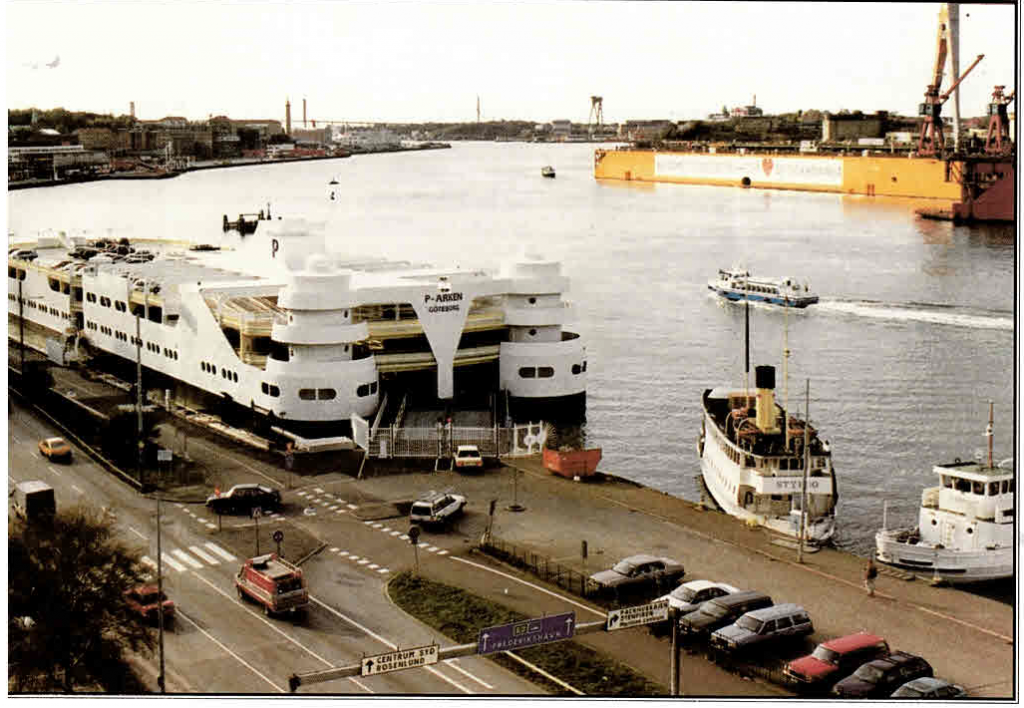To answer the never-tiring desire for more space for residential buildings along the coasts – nearly 50% of the industrialized world now lives within a kilometer of the coast – floating structures are repeatedly discussed in urbanization discourse. So called VLFS, very large floating structures, are a fashionable topic in architectural discourse – see for example the “Mega-Float” by Japanese architects M. Fujikubo and H. Suzuki from 2015 -, but so far no city has actually built one to house it’s residents. There are as far as I know only parking lots built on floating strutures in New York or Goetborg for example.

And there are of course accomodation units for employees working on off shore oil platforms. (see: https://en.wikipedia.org/wiki/Accommodation_platform )
As always – the idea of floating habitats is not a new one. The oldest source is – as almost always – Homer’s Odysee. There the hero sails to the island Aeolia, which is floating on open sea in the western Mediteranean. The island and the city on it are home to the god of Winds, Aeolus, thus the name of the island. Today a group of islands near Sicilly is refered to as Aeolian Islands.
Homer does not give away alot about his floating island and how and why it floats. This is the main passage from verse 10 of the text:
“Then to the Aeolian isle we came, where dwelt Aeolus, son of Hippotas, dear to the immortal gods, in a floating island, and all around it is a wall of unbreakable bronze, and the cliff runs up sheer. […] And the house, filled with the savour of feasting, resounds all about even in the outer court by day, and by night again they sleep beside their chaste wives on blankets and on corded bedsteads. To their city, then, and fair palace did we come…”
source: http://www.perseus.tufts.edu/hopper/text?doc=Perseus%3Atext%3A1999.01.0136%3Abook%3D10